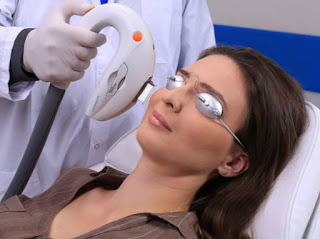Community Based Rehabilitation: Approach to Multiple Disabilities
The previous article in this series dealt with understanding disabilities and their impact on the affected person and community. It also highlighted the modalities of rehabilitation interventions for visually disabled persons. The unique feature of CBR programmers is that the persons with Disabilities (PWDs) are identified through a Door-to-Door survey in the target area, which ensures that all such persons are identified and nobody is left out. During such surveys it is not unusual to come across persons with disabilities other than visual impairment, like those involving hearing and speech, loco motor impairments and mental retardation. Such disabilities may be present in isolation in a person or a single person may have more than one affliction. The CBR programme would cut a very sorry figure if it is unable to address the requirements of this group. Ordinarily, a CBR programme for Visually Disabled addresses this problem by coordinating with other agencies active in the area ...



